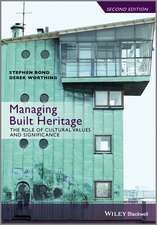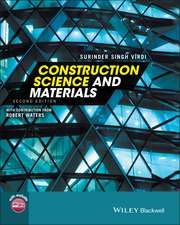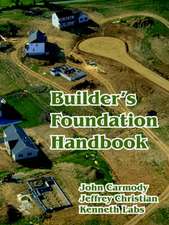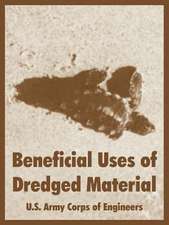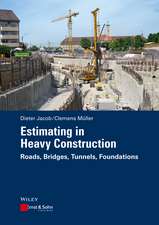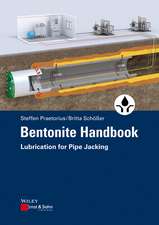Timber Bridges: Design, Construction, Inspection, and Maintenance (Part One)
Autor Michael A. Ritter, Departm U. S. Department of Agriculture, Forest Service U. S. Forest Serviceen Limba Engleză Paperback – 31 mar 2005
| Toate formatele și edițiile | Preț | Express |
|---|---|---|
| Paperback (2) | 346.61 lei 6-8 săpt. | |
| University Press of the Pacific – 31 mar 2005 | 346.61 lei 6-8 săpt. | |
| University Press of the Pacific – 31 mar 2005 | 347.55 lei 6-8 săpt. | +73.46 lei 7-13 zile |
Preț: 347.55 lei
Nou
Puncte Express: 521
Preț estimativ în valută:
66.50€ • 69.43$ • 55.04£
66.50€ • 69.43$ • 55.04£
Carte tipărită la comandă
Livrare economică 05-19 aprilie
Livrare express 01-07 martie pentru 83.45 lei
Preluare comenzi: 021 569.72.76
Specificații
ISBN-13: 9781410221919
ISBN-10: 1410221911
Pagini: 500
Dimensiuni: 279 x 210 x 25 mm
Greutate: 1.11 kg
Editura: University Press of the Pacific
Locul publicării:United States
ISBN-10: 1410221911
Pagini: 500
Dimensiuni: 279 x 210 x 25 mm
Greutate: 1.11 kg
Editura: University Press of the Pacific
Locul publicării:United States

